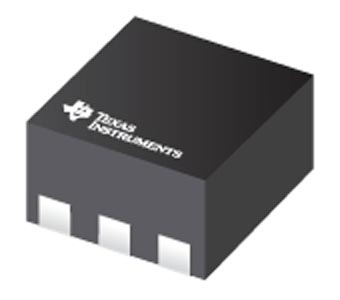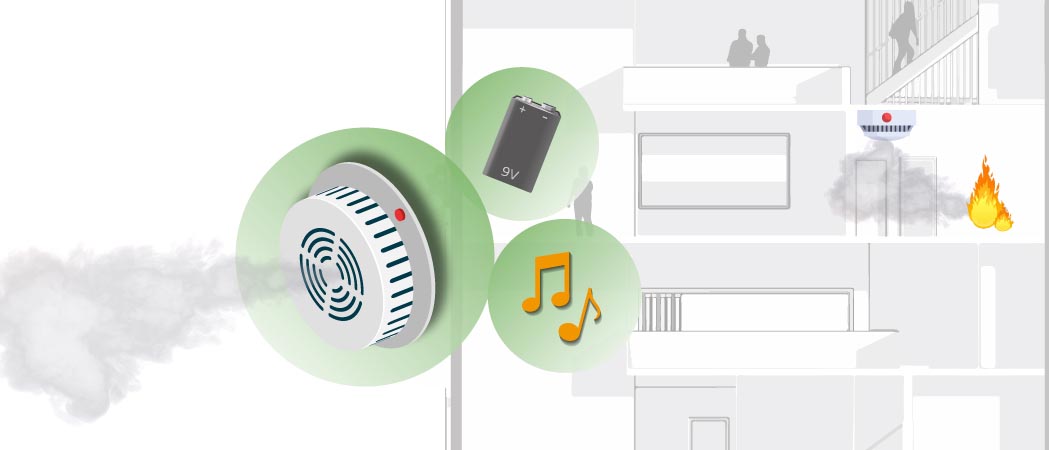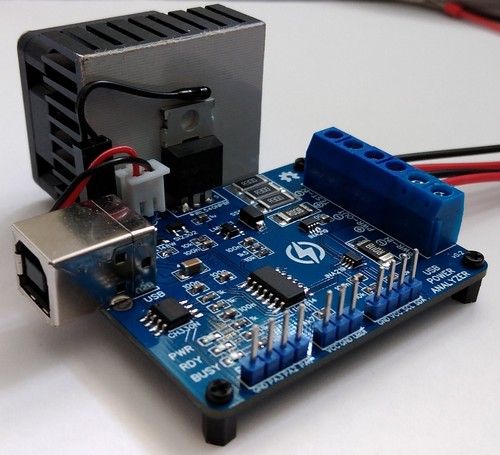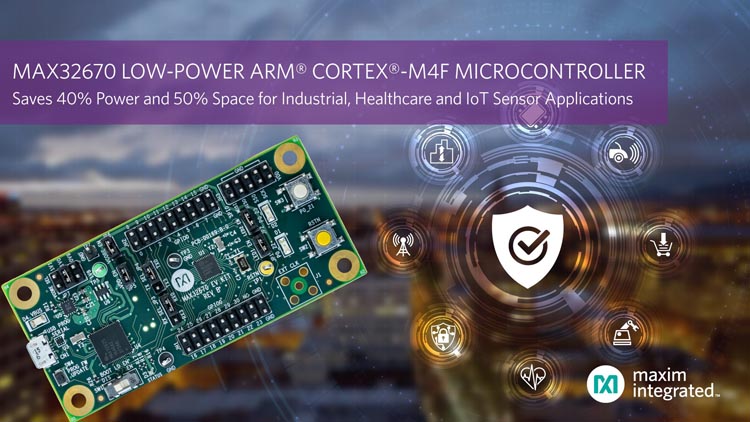Microchip Technology announced its PIC18-Q84 family – the first PIC18 microcontroller (MCU) family that can be used to transmit and receive data through a Controller Area Network Flexible Data-Rate (CAN FD) bus...
Articles and news - Microcontrollers - 10
Texas Instruments introduced nano-IQ, precision voltage supervisor TPS3899 that monitors system voltages or pushbutton inputs as low as 0.51 V...
Voltage supervisors have provided analog voltage monitoring to digital circuits for decades. Texas Instruments released the original TL7705 in 1983; it consumed 1.8 mA, came in a plastic dual-inline package and you can still purchase it today...
Holtek is delighted to announce its new IR driver MCU, the HT68F2420. This new device is suitable for IR remote controllers and IR transmission related products...
Phase shifters find use in a variety of circuits, but variation in amplifier and capacitance tolerances usually makes it difficult to control the exact phase shift that precise control circuitry requires...
Holtek wishes to announce the release of its new range of 9 V battery Smoke Detector dedicated MCUs, the BA45F5420/BA45F5440/BA45F5450...
The Power Analyzer is a programmable electronic constant current dummy load with two high side voltage and current sensors for an automatic analysis of power supplys, DC/DC converters, voltage regulators, batteries, chargers, power consumers and others...
Temperature sensors must sometimes operate at locations whose return potentials differ considerably from that of the data-acquisition system's common – that is, equipotential – ground...
Reduce power consumption and size while increasing reliability of industrial, healthcare and internet of things applications with the MAX32670 low-power Arm Cortex®-M4 microcontroller...
Pulse-width modulation (PWM) is the best conversion method to use for digitally-controlled variable DC voltage sources requiring high accuracy and resolution...









